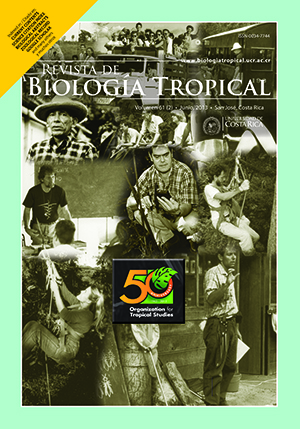Abstract
Water temperature is an important factor that affects growth and antioxidant enzyme activities in fish, and when adverse, it may trigger diseases in fish populations. C. macropomum is a freshwater neotropical fish widely distributed in South America and abundant in river basins as the Amazon and Orinoco. It is highly used for intensive aquaculture development and is a very important product for the local riverside economy in Venezuela. The purpose of our study was to examine the water temperature effect on gills, liver and kidneys of juvenile fishes of C. macropomum. Eighteen juveniles with biometrical index of 17.87±7.88cm and 87.69±34.23g were respectively exposed to three culture temperatures (T18, T29 and T35ºC) during a period of 21 days. Histological analyses on gills, liver and kidney were made according to standard methodologies. Our results showed that these tissues exhibited normal citoarchitecture at T29. On the contrary, T18-gills displayed brachiallipid droplets inside brachial epithelium; and disorganization in the brachial tissue was observed at T35. Furthermore, we observed two kinds of hepatocytes (dark and light) on T18°C-liver. The T35-liver samples showed cytoplasmatic granulation and damages in cytoplasmatic membrane. Kidney samples from T18 observed alterations in the cellular distribution of the hematopoietic tissue; while, at T35, the most important feature observed was the disorganization of the glomerular structure. We concluded that T18 and T35 are respectively critical and severe temperatures to C. macropomum; besides, the most sensible tissues to changes induced by temperature in this species were the liver and gills.Comments
Downloads
Download data is not yet available.






